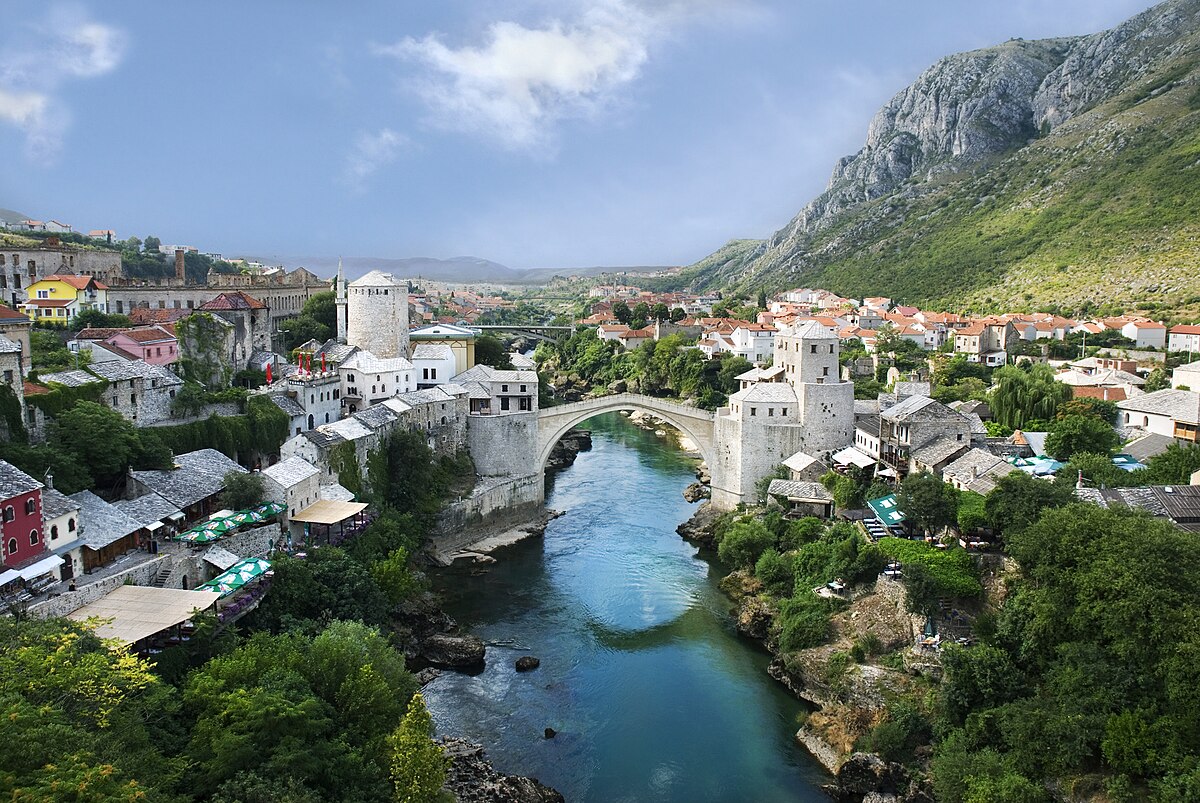The house suffered significant damage during recent conflicts, with the male section being destroyed. However, the female quarters remain intact and are now open to visitors, offering insights into the lives of Kajtaz's four wives, each having their designated space[1]. The house's preservation and current use as a museum provide a glimpse into the past, showcasing traditional Ottoman architecture and lifestyle[2].
The house's design addressed privacy and practicality needs through thick walls and a courtyard with a stone basin for washing clothes[1]. Today, Kajtaz House is under UNESCO protection and belongs to the descendants of the original family, who share stories about its rich history with visitors.












